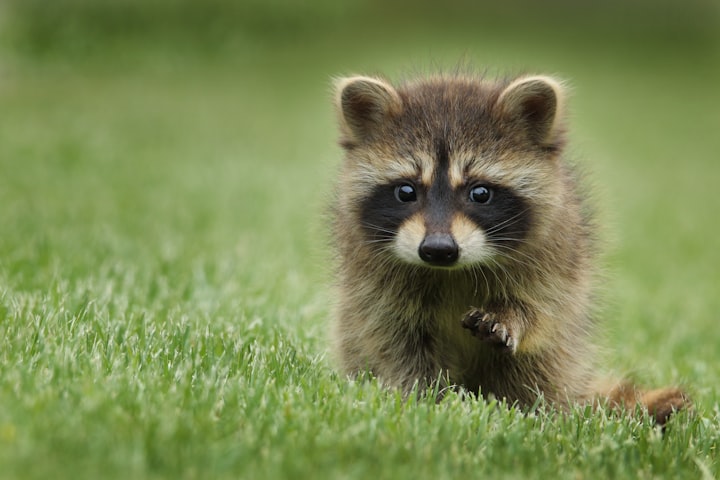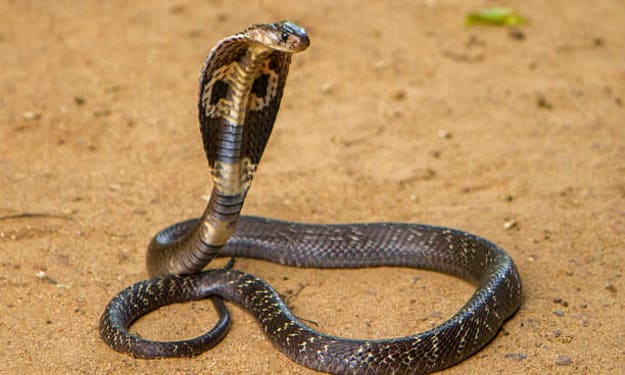Remembering the presence of bears,Elsie Poulsen
A lifetime of bear companionship

Else Poulsen and Grace, an American black bear, at a refugee center in New Jersey (USA). The bear behavior expert passed away last week at the age of 61.
Else Poulsen was a writer and bear behaviorist, and few people know bears as well as she did. She died last week of cancer at her home in Ontario, Canada, at the age of 61.
If there were people in the world called "bear whisperers," then Poulsen was one of them. She raised, comforted, and taught bears, learned from them, listened to them "talk" about their needs, and helped them recover. She shares the joy of polar bears when they find dirt under their paws for the first time in twenty years, and is proud that her cubs have learned to smash nuts with their molars.
Poulsen is distressed by the brutal captivity of Asian bears for profit in China and Vietnam. She and I had previously met and bonded over this issue. At the time, I was investigating the illegal trade in bear bile and bear bile farms for my new book, Animal Investigators.
Bill Robinson says nothing is stopping her. (In her opinion,) no challenge is too difficult to overcome. Her long-held principle is to ask the bears, "What can I do for you?" Robinson, who is the founder of the Hong Kong-based organization Animals Asia Foundation, often seeks Poulsen's advice.
One of Poulsen's best-known skills is healing the psychological trauma of bears in captivity.
Poulsen has spent her life working to improve the quality of life for bears. She worked as a zookeeper at the Calgary Zoo in Canada and the Detroit Zoo in the United States, providing one-on-one counseling to zoos, sanctuaries, and wildlife rehabilitators to help bears in pain and improve their quality of life. She always has no qualms about offering her advice. In addition, she is the founder and president of the Bear Care Group, an international organization of bear care professionals who share their experiences and information to help improve the lives of bears and raise awareness of bear conservation worldwide.
Poulsen's writing is also full of bears. She has written numerous professional papers and two books: Smiling Bears: A Zookeeper Explores the Behaviour and Emotional Life of Bears and Bärle's Story: Out of the Circus. (Bärle\'s Story: One Polar Bear\'s Amazing Recovery from Life as a Circus Act).
Poulsen believes that a bear's external behavior can reflect its internal emotions, and in 2010, she publicly shared her thoughts on this subject. Here are some excerpts from that interview.
How did you get interested in bears in the first place?
I think the bears chose me, not me, but the bears chose me, and when I first started working at the Calgary Zoo in the early 1980s, I did a four-year apprenticeship. During this time, you worked with all kinds of animals from toads to tigers. There is no university that teaches students this stuff. I worked at the zoo in my way, learning about animal husbandry and understanding the natural behavior of all the different animals. Then I discovered (of all the animals) that I had the most thorough understanding of large carnivores.
Some people can tell just by looking that a toad might not be too healthy: "Yes, that toad is sick." Me? I would just think the toad in front of me was healthy - but in fact, the next day that toad would probably be dead on all fours. I don't have a soft spot for amphibians. But I do like large carnivores. And, as time went on, I came to realize that (of all these carnivores,) I seemed to have a deeper understanding of bears.
People always ask animal control officers, "What's their favorite animal?" In my case, my favorite animal is the one that needs me the most - and I think that many other animal control officers feel the same way.
So, which bear needs you the most?
Miggy, I think. She is an American black bear. When she first arrived at the Detroit Zoo, she was very young and without her mother. She was only 8 months old and smaller than the normal size for an American black bear of her age. She had to live with other bears, so I had to stay with her while she ate (teaching her how to share her food with others). We would get the nut shells open together - I would smash them open with a rock and show her and tell her there was something in the shell. One day, she was in a bad mood and not as happy and lively as usual. She started to break the nut shells. Then, she made a sound from her throat and bit my hand. This was a signal from her - she was talking to me, telling me to stop what I was doing and look at her. Then she started showing how a bear deals with nuts: she took a pecan, bit into it, and spit it out - it was like she was saying, this is how a bear peels nuts. Her genes are starting to teach her what to do.
How did you first come into contact with understanding the emotional life of a bear?
It took me a lot of time to develop a little bit of a "personal relationship" with bears in a place where they are locked up (zoos). I'm sorry to say that it took me several years of dealing with bears before I began to understand their smiles. Bears will smile because they are content, just as we humans will smile. After all, we are content. Only we may not be satisfied for the same reasons.
A human mother may smile because her child did something that looks funny, and a bear mother may smile when her baby does something cute or does something that satisfies her. In this respect, humans and bears are similar. However, while a grizzly bear in Montana might smile when he climbs to the top of a mountain and finds thousands of cubs there that he can eat, I don't get happy about such things because it doesn't make any sense to me. Bears exude emotions based on what is meaningful to them in their world.
We instinctively assume that a bear is an angry animal, so they will growl loudly, spit, or stand upright on their hind legs and give you a fierce look, maybe wave their paws in the air, or do something similar. In the past, we used to see such scenes in movies. However, our society does not allow animals to show the opposite emotions, such as love, joy, pleasure, etc. - in our opinion, only humans can have those emotions.
What have you learned about bears from your work?
Each bear is an individual - just as each person is an individual. A bear's personality is made up of three parts. (The first part is) genetic traits. Each bear is subconsciously convinced that he will indeed become a bear. The polar bear's genes tell him that he should live in the Arctic; the Malay bear's genes tell him that he should live in the jungle; the panda's genes tell him that he should eat bamboo. In addition to innate genes, bears are also influenced by their acquired environment. A mother bear will take her babies with her and tell them what is useful around them and how to use it.
Another component of a bear's personality is the bear's own "personal history". Bears, like us, are very intelligent. Our personal histories can have a big impact on us, and so can bears.
The last component of a bear's personality is the environment in which the bear finds itself in the present. We have our history and genes, and then the environment we are in at the moment teaches us how to take what those histories and genes tell us and use them to teach us how to behave. In that respect, bears are the same as we are.
About the Creator
conant abram
I am a creative writer, in writing all kinds of horror stories, I like horror things






Comments
There are no comments for this story
Be the first to respond and start the conversation.